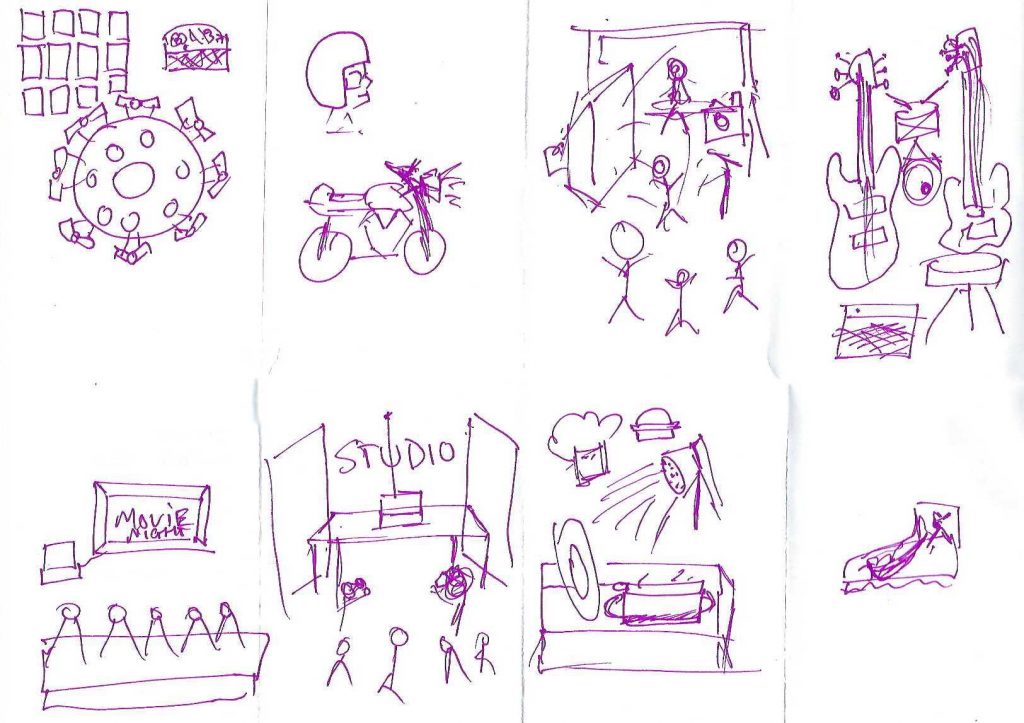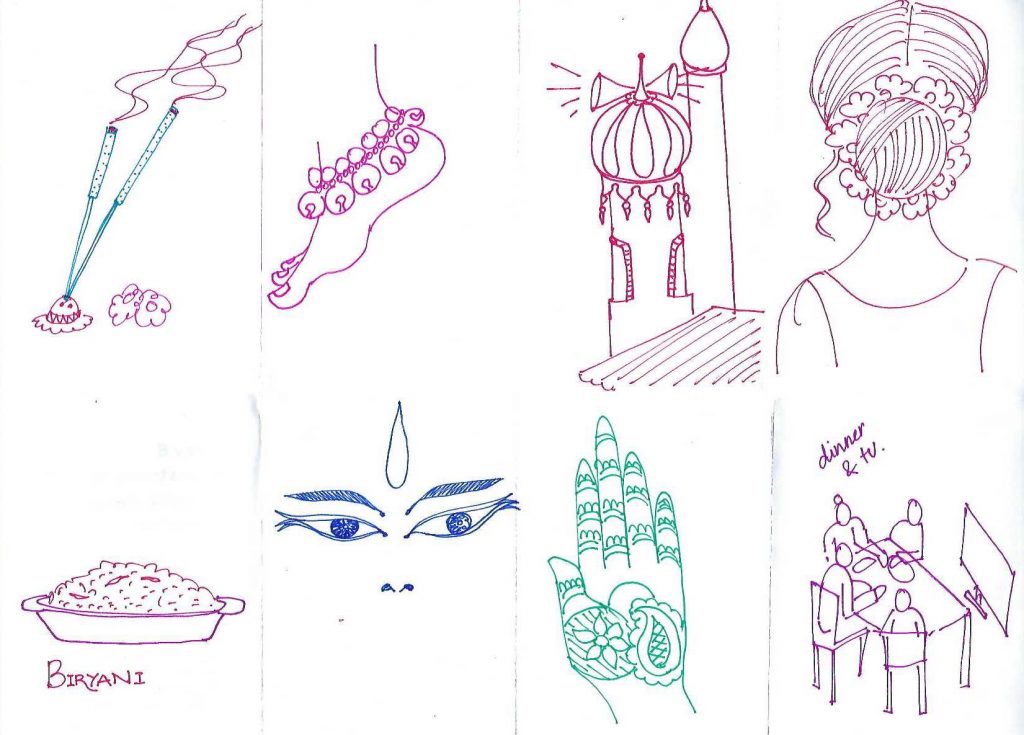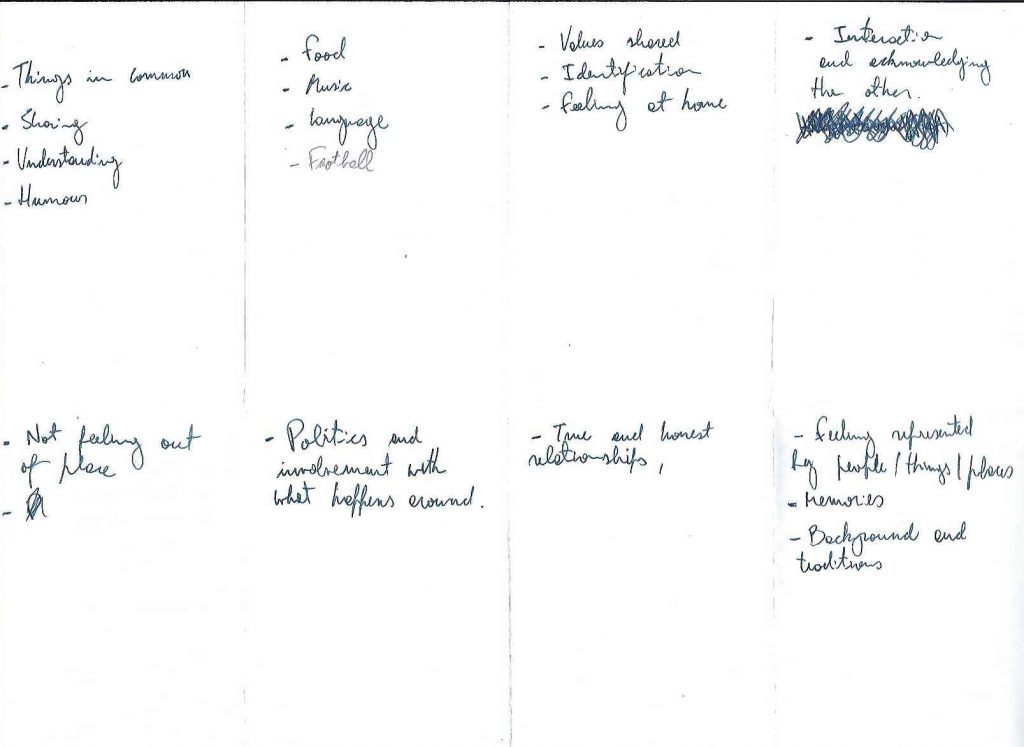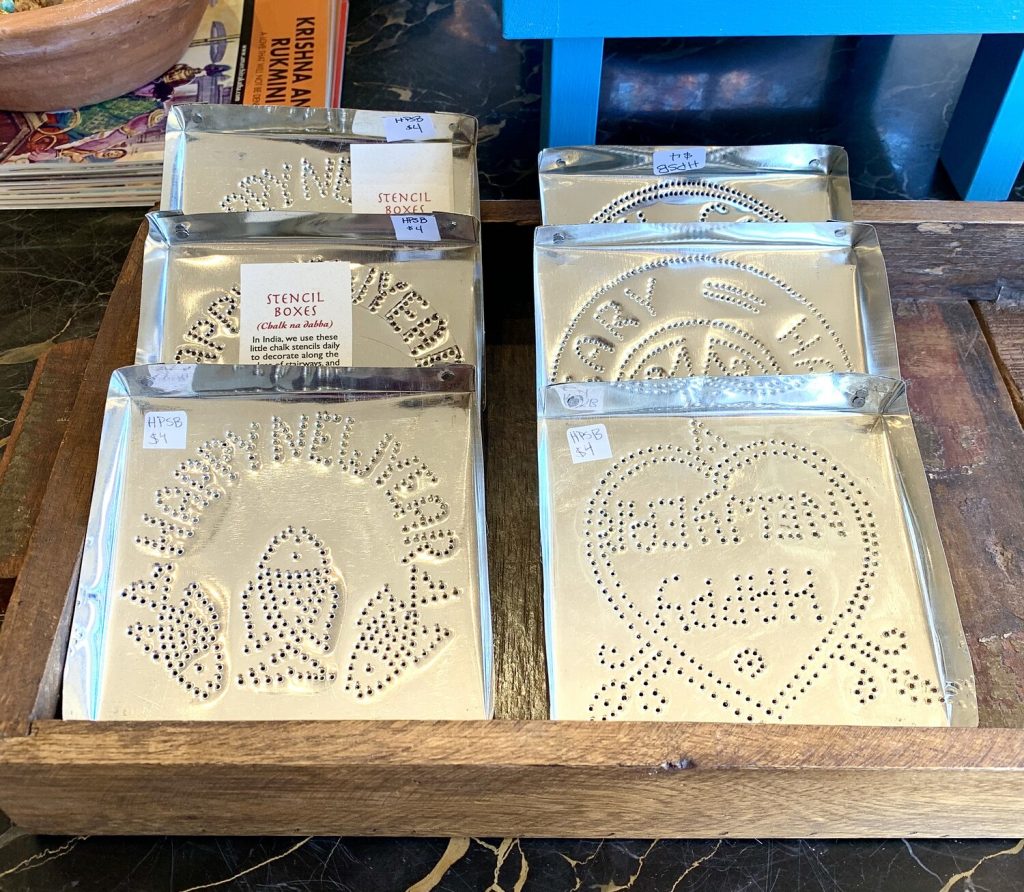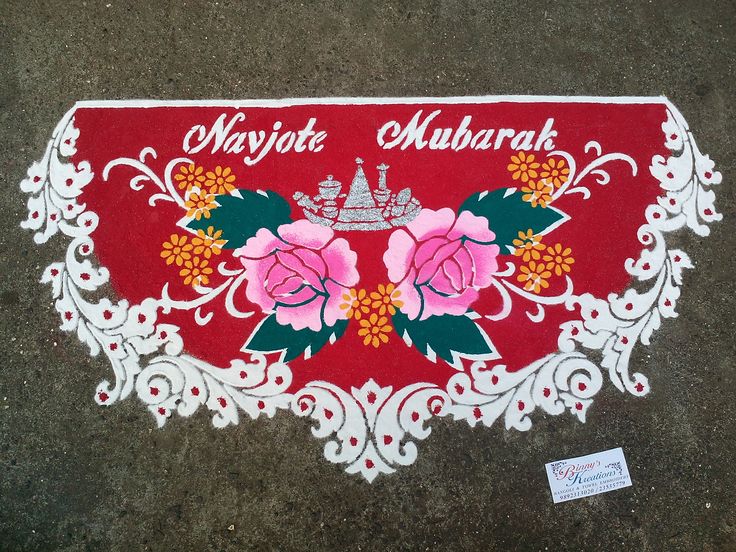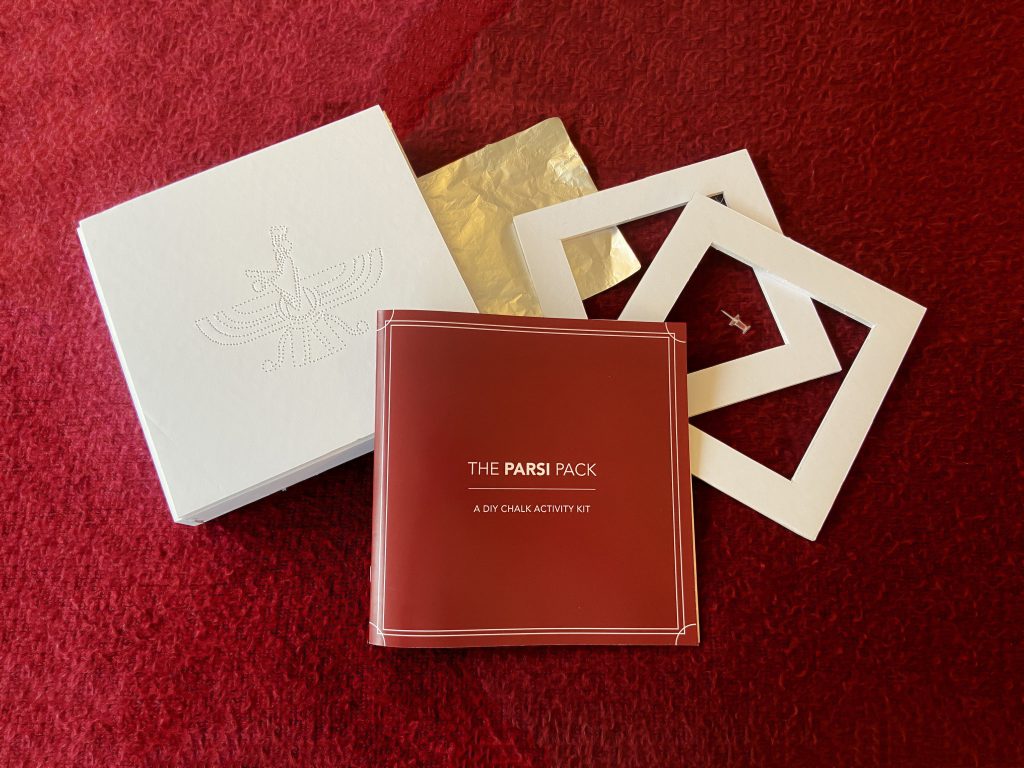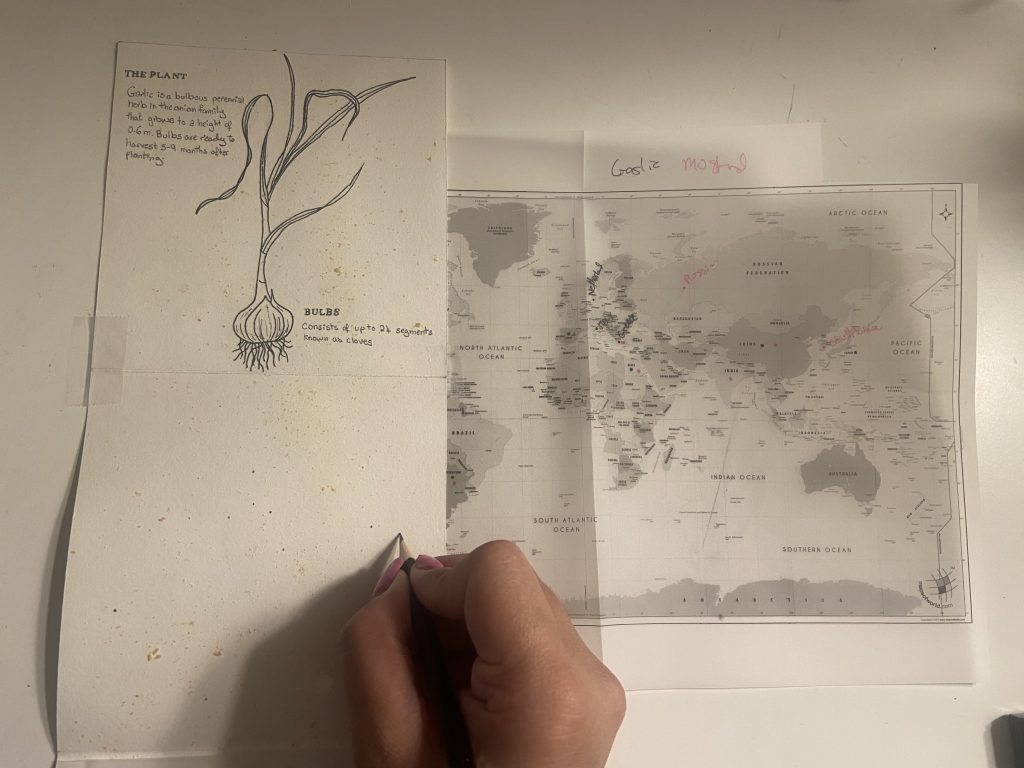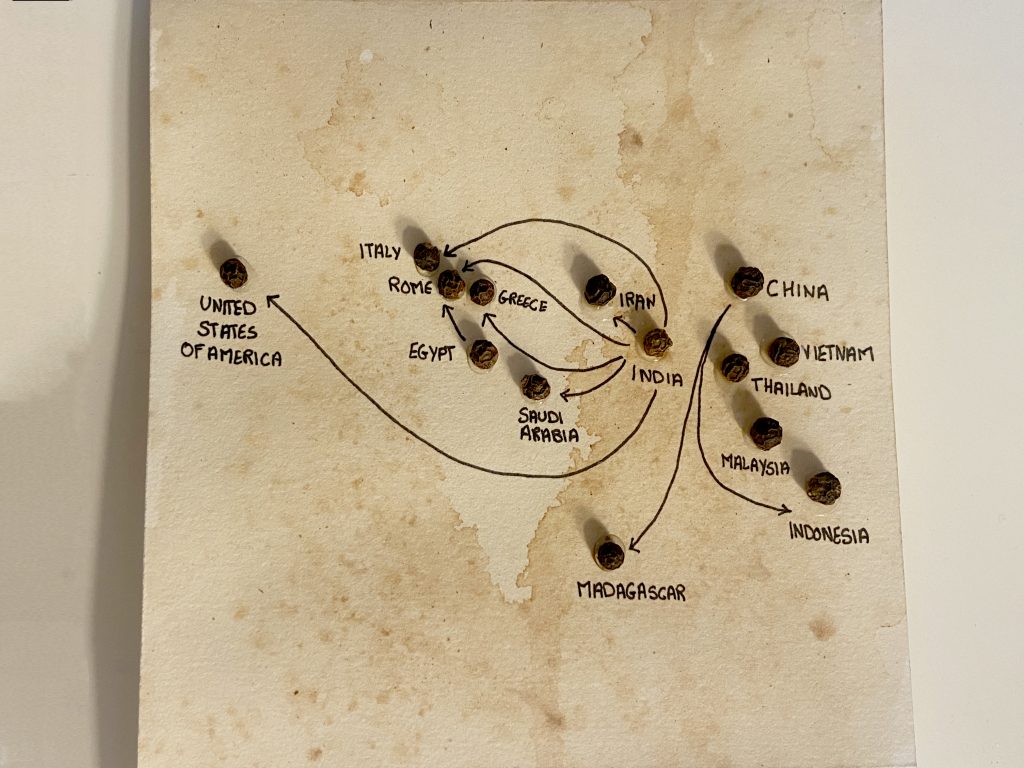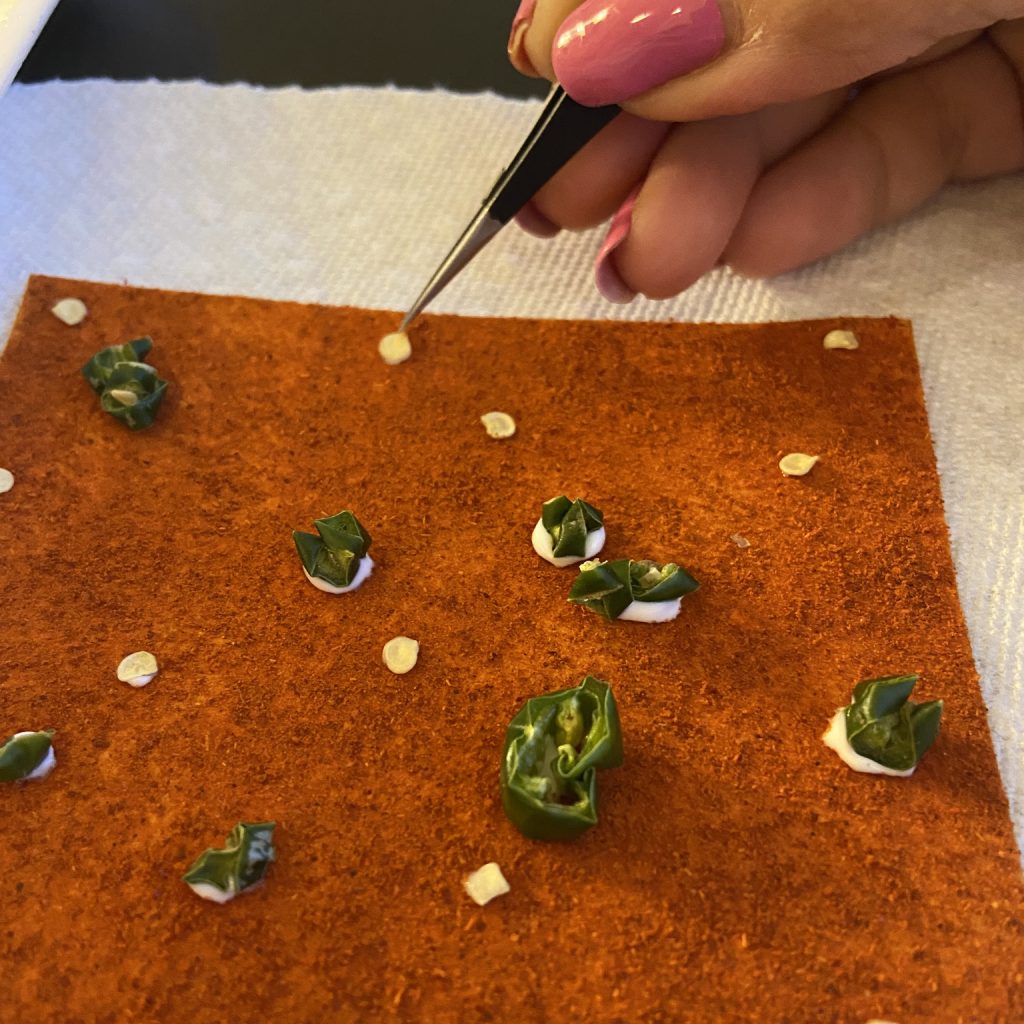GSMD-500 | Grad Studio 1
Prompt 4: Inquiry
It was after the Open Studio that I decided to shift my focus away from using food as a medium to connect the Zoroastrian diaspora youth to their culture, roots and tradition. I did this as I am hoping to experiment with other mediums; I may revert back to food, but till then I will try other ways to do so. My first attempt to do so was with my previous prompt where I used Zoroastrian symbols.
For this prompt, I focused on trying to narrow down my question, I did so by breaking it down to: How may we connect the Zoroastrian youth to their Culture, Traditions and Roots?

And even this question has so much I can unpack from it, for example, Which traditions, culture and roots will I tackle? Who exactly from the Zoroastrian Diaspora Youth am I going to make my target audience? How can I connect them?

To start off I decided to conduct an interactive brainstorming technique known as the Crazy 8. The Crazy Eights technique is a great way to produce a wide range of diverse ideas from a group of people. The question I asked was: What does Community and Culture mean to you?

Using the Crazy 8 Brainstorming techniques I asked people from my cohort to answer the question above. I also asked 7 Zoroastrians; 2 from Karachi, 2 from Toronto, 1 from India and 1 from Dubai, to participate.
The results from this brainstorming session can be seen below. I found them to be very eye-opening and interesting.
1.2 – The Analysis:

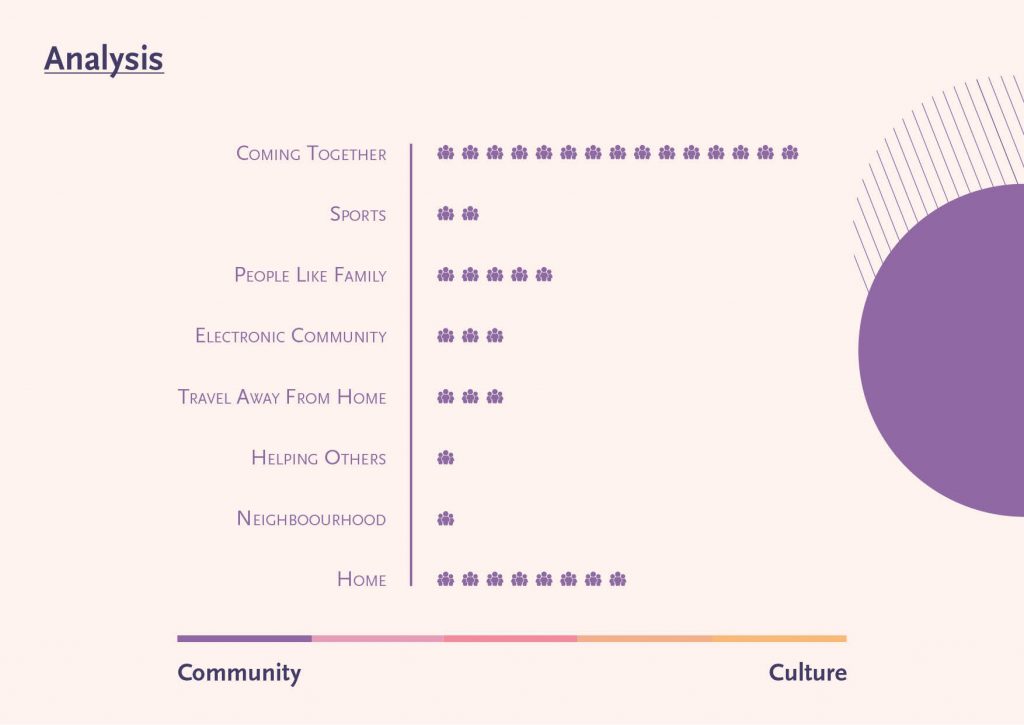



From the top choices, I was fascinated by all the rituals my participants drew and explained to me in this process. This made me think of all the rituals we have as Zoroastrians, which made me take a deep dive into researching what those are.
2.1 – Zoroastrian Rituals:
Like other religions, Parsis have certain customs and rituals that make them unique. The different types of rituals and ceremonies range from when a person is in their mother’s womb to when they first learn to sit on their own to when they eventually depart from earth. Every Parsi at one point in their life will go through almost every ceremony there is in the Zoroastrian faith. It all starts with the moment that a child is conceived, that is where every story begins and that is my project also begins.

2.2 – The visualisation of these rituals:
With the help of Cameron I noticed how the above timeline of Zoroastiran rituals were infact almost a calendar of sorts, which is not based off of years, months or days, but off of a human life, and the rituals are the pinpoints of birth through death and beyond.
It represents the important unit of time as human life, and the measurements are the traditions. The focus is on what it means to be a human in time within a community.
I selected 4 rituals and created visualisations for them:










